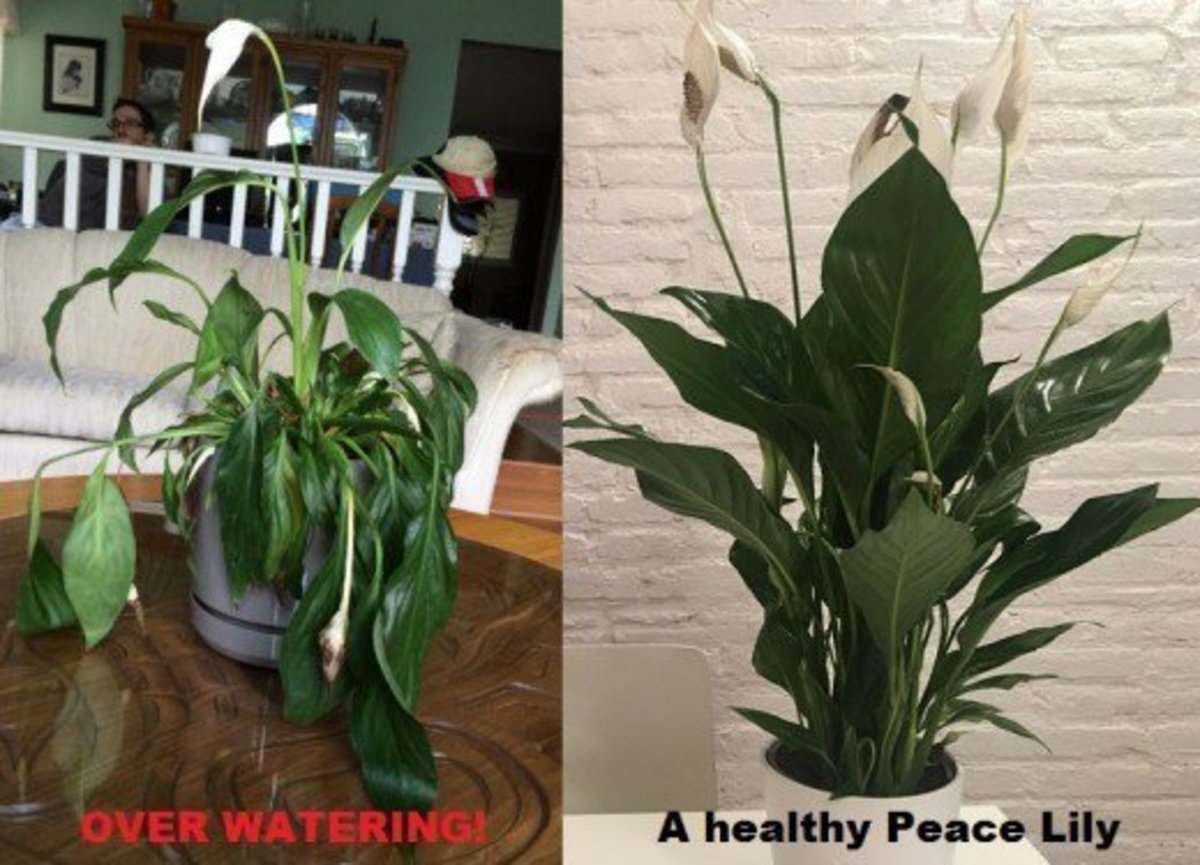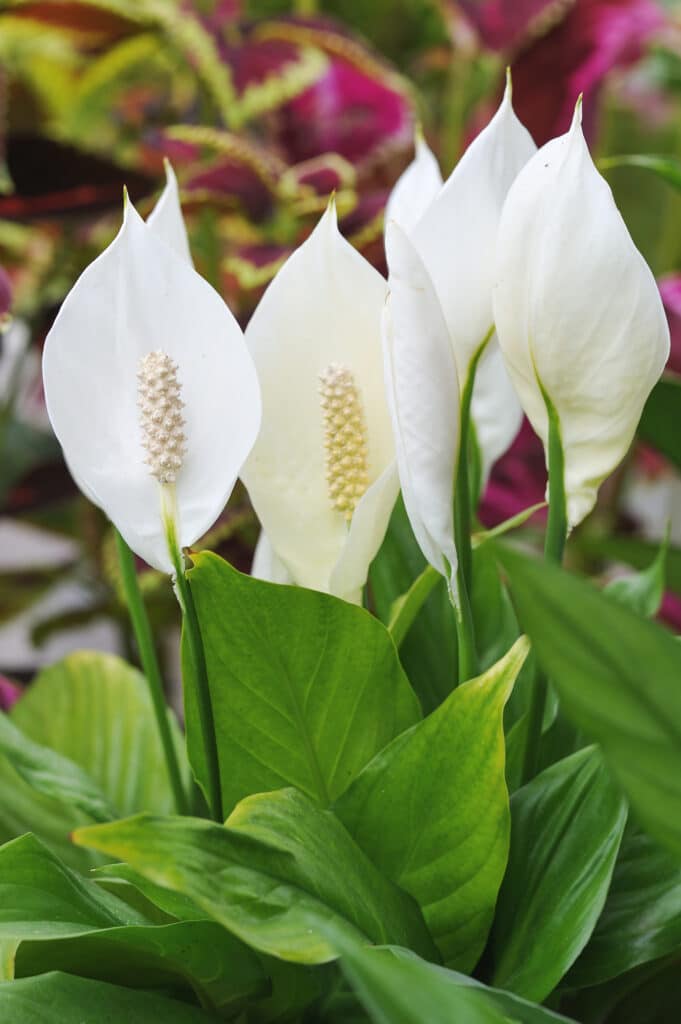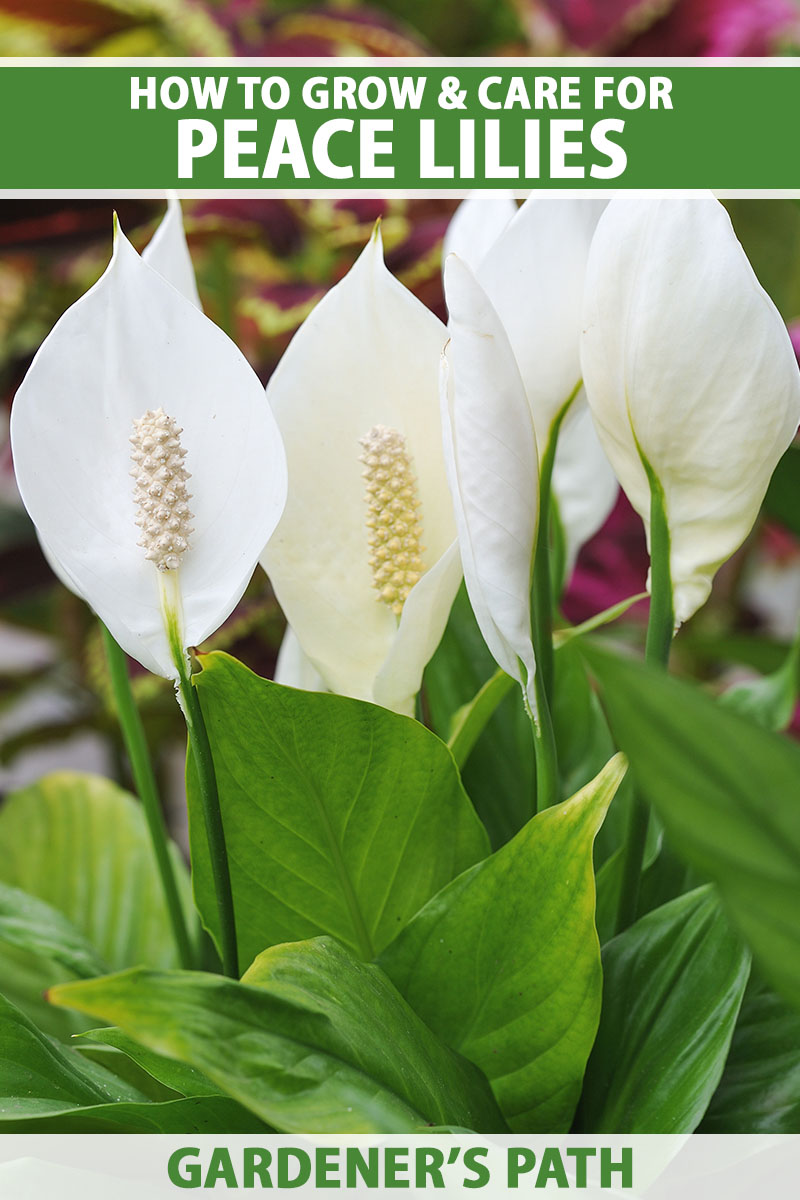Identifying the Signs of Distress
A peace lily in distress can exhibit a range of symptoms, including yellowing leaves, droopy stems, and black tips. These signs of distress can be indicative of a more serious underlying problem, making it essential to identify them promptly and take corrective action. By recognizing these warning signs, you can learn how to care for a sick peace lily and take proactive measures to prevent further decline. For instance, yellowing leaves can be a sign of overwatering, while droopy stems may indicate a lack of light or nutrients. Black tips, on the other hand, can be a sign of root rot or fungal infection. Early detection and intervention are crucial in preventing these issues from escalating and causing irreparable harm to the plant. By monitoring your peace lily’s health regularly, you can identify potential problems early on and take the necessary steps to nurse it back to health.
Diagnosing the Underlying Cause
When a peace lily falls ill, it’s essential to diagnose the underlying cause of the problem to provide effective care. A peace lily’s decline can be attributed to various factors, including overwatering, underwatering, pests, diseases, and nutrient deficiencies. To diagnose the root cause of the problem, inspect the plant carefully, looking for signs of pests, diseases, or nutrient deficiencies. Check the soil moisture by sticking your finger into the soil up to the first knuckle. If the soil feels dry, it may be a sign of underwatering. On the other hand, if the soil is waterlogged, it may be a sign of overwatering. Inspect the leaves and stems for signs of pests or diseases, such as spider mites, mealybugs, or root rot. By identifying the underlying cause of the problem, you can learn how to care for a sick peace lily and take targeted action to nurse it back to health.
How to Revive a Wilted Peace Lily
Reviving a wilted peace lily requires a combination of proper care and attention to its specific needs. To learn how to care for a sick peace lily, follow these step-by-step instructions to nurse your plant back to health. First, adjust the watering schedule to ensure the soil is consistently moist but not waterlogged. Check the soil moisture by sticking your finger into the soil up to the first knuckle, and water only when the soil feels dry. Next, prune dead or damaged leaves and stems to prevent the spread of disease and encourage new growth. Make sure to provide adequate light and nutrients by placing the plant in a bright, indirectly lit area and fertilizing with a balanced, water-soluble fertilizer. By following these steps, you can help your wilted peace lily recover and thrive once again.
The Importance of Proper Watering
Proper watering is crucial when learning how to care for a sick peace lily. Overwatering is one of the most common mistakes that can lead to root rot and ultimately kill the plant. To avoid this, it’s essential to check the soil moisture regularly. Stick your finger into the soil up to the first knuckle, and if the soil feels dry, it’s time to water. If the soil is already moist, wait a few more days before watering again. It’s also important to water at the right time of day. Watering in the morning allows the plant to absorb the water throughout the day, reducing the risk of fungal diseases that thrive in moist conditions. Additionally, make sure to water at the soil level, avoiding the leaves to prevent fungal diseases. By following these proper watering techniques, you can help your peace lily recover from illness and thrive in the long run.
Fertilizing for Recovery
Fertilization plays a crucial role in a peace lily’s recovery when learning how to care for a sick peace lily. A balanced, water-soluble fertilizer can provide the necessary nutrients for the plant to regain its health. Look for a fertilizer that contains equal amounts of nitrogen, phosphorus, and potassium (20-20-20) and apply it according to the manufacturer’s instructions. It’s essential to fertilize sparingly, as overfertilization can cause more harm than good. Start with a weak solution (half the recommended strength) and gradually increase the concentration as the plant shows signs of improvement. Additionally, consider using a fertilizer that contains micronutrients such as iron, magnesium, and calcium, which are essential for a peace lily’s overall health. By providing the necessary nutrients, you can help your peace lily recover from illness and thrive in the long run.
Pest Control and Disease Management
When learning how to care for a sick peace lily, it’s essential to identify and manage common pests and diseases that can affect the plant’s health. Spider mites, mealybugs, and scale are common pests that can infest peace lilies, causing yellowing leaves, stunted growth, and white, cottony patches on the leaves. To control these pests, use insecticidal soap or neem oil according to the product’s instructions. For fungal diseases like root rot, remove affected roots and repot the plant in fresh, well-draining soil. Bacterial diseases like leaf spot can be treated with copper-based fungicides. Regularly inspecting the plant for signs of pests or diseases and taking prompt action can help prevent the spread of the problem and promote a healthy recovery. Additionally, maintaining good hygiene practices, such as washing hands before handling the plant and disinfecting pruning tools, can help prevent the spread of disease. By taking proactive steps to manage pests and diseases, you can help your peace lily recover from illness and thrive in the long run.
Pruning and Grooming for Health
Regular pruning and grooming are essential steps in learning how to care for a sick peace lily. Removing dead or damaged leaves and stems can help prevent the spread of disease and encourage healthy growth. Start by inspecting the plant for any signs of damage or decay, and remove any affected areas with clean, sharp pruning tools. Cut back yellow or brown leaves to the base of the plant, and trim back long stems to encourage bushy growth. This will not only improve the plant’s appearance but also promote healthy growth and development. Additionally, gently dusting the leaves with a soft-bristled brush can help remove any dirt or debris that may be accumulating on the leaves. By incorporating regular pruning and grooming into your care routine, you can help your peace lily recover from illness and thrive in the long run.
Creating a Healthy Environment
When learning how to care for a sick peace lily, it’s essential to provide a healthy environment that promotes recovery and growth. Peace lilies thrive in temperatures between 65-80°F (18-27°C), with average humidity levels and bright, indirect light. Placing the plant near an east- or west-facing window is ideal, as direct sunlight can cause leaf scorch. Maintaining a consistent temperature and humidity level can help reduce stress on the plant, allowing it to focus its energy on recovery. Additionally, ensuring good air circulation around the plant can help prevent fungal diseases that thrive in stagnant air. By providing a healthy environment, you can help your peace lily recover from illness and thrive in the long run. Remember, understanding how to care for a sick peace lily requires attention to detail and a willingness to make adjustments to create an optimal environment for recovery.







